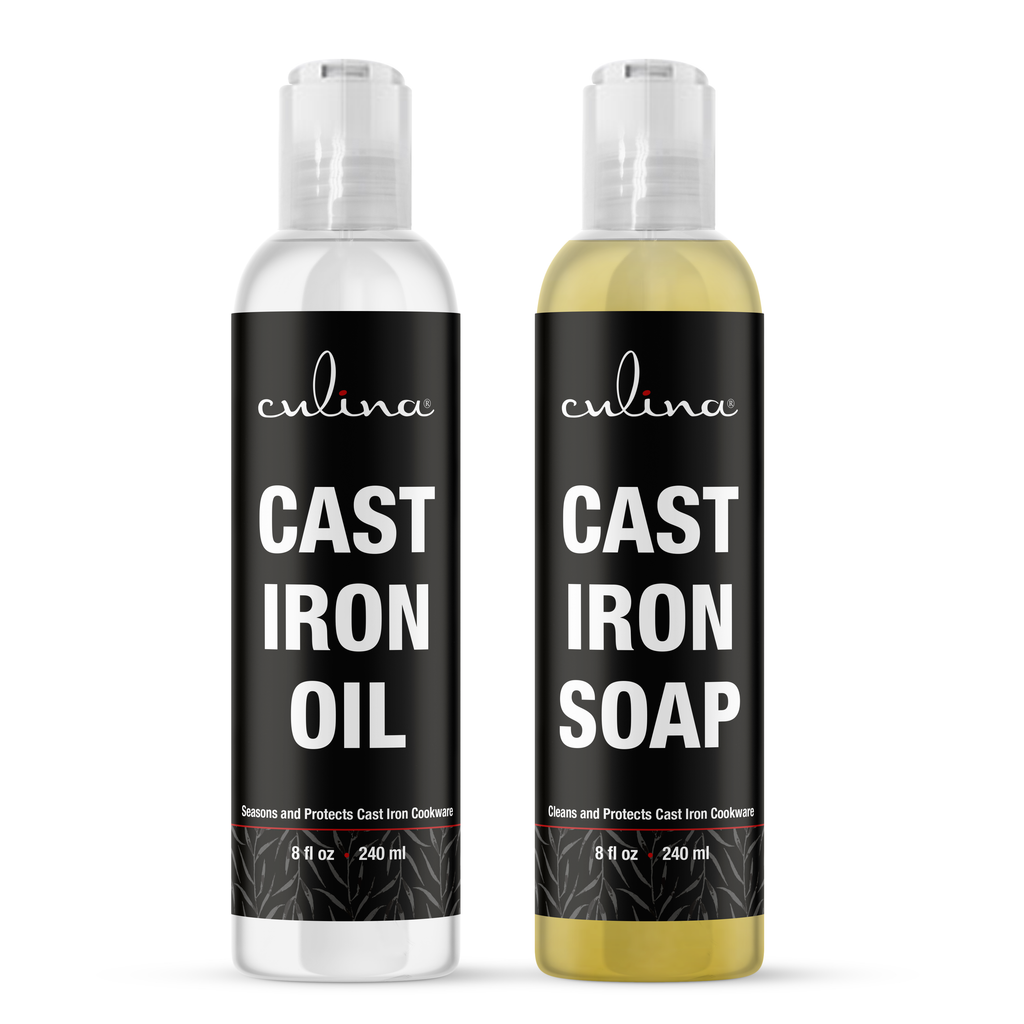What is the Smoke Point of Canola Oil and its Impact?
When it comes to cooking oils, the smoke point is crucial for both culinary and health considerations. Knowing what is the smoke point of canola oil can significantly influence your cooking methods and outcomes. Canola oil has become increasingly popular among beauticians, skincare enthusiasts, and health-conscious individuals alike.
In this article, we will delve into the intricacies of canola oil, exploring its smoke point, benefits, and how it can fit into various beauty and culinary applications.

The Importance of Smoke Points in Cooking Oils
The smoke point is defined as the temperature at which an oil begins to smoke and break down, producing toxic fumes and harmful free radicals. For beauticians and culinary experts, understanding the smoke point is essential for choosing the right oil for various cooking methods, such as frying, sauting, or baking.

What is Canola Oil?
Canola oil is derived from the seeds of the canola plant, a cultivated variety of rapeseed. It is favored for its light flavor and high smoke point. Unlike some oils, canola oil is versatile, making it suitable for a range of cooking applications. To explore more about what canola oil is made of, check out this informative article on canola oil's composition.

What is the Smoke Point of Canola Oil?
The smoke point of canola oil is generally around 400F (204C), making it suitable for high-heat cooking methods. This relatively high smoke point allows it to be used effectively for frying and sauting without the oil breaking down and releasing harmful compounds.

Benefits of Canola Oil in Beauty and Cooking
For beauticians and culinary enthusiasts, canola oil presents numerous benefits:
- Heart Health: Canola oil is low in saturated fats and high in unsaturated fats, making it heart-healthy.
- Rich in Omega-3 Fatty Acids: Its omega-3 content is beneficial for maintaining skin health.
- Versatile Usage: The neutral flavor allows for use in various recipes without overpowering other ingredients.
Canola Oil vs. Other Oils
When choosing oils, comparing the smoke points of canola oil with other types is essential. For example, olive oil has a lower smoke point, and other vegetable oils can vary greatly. According to a resource elaborating on various oils, the differences in smoke points can impact your cooking choices. You can read more about this comparison at Martha Stewart's guide.
How to Use Canola Oil in Beauty Treatments
Beauty experts recommend canola oil for various topical applications due to its moisturizing properties. Heres how you can incorporate canola oil into your beauty routine:
- Moisturizer: Canola oil can be applied directly to the skin for hydration.
- Makeup Remover: Its emollient properties make it effective for removing makeup.
- Hair Treatment: Use it to nourish and promote shiny hair.
Final Thoughts on Canola Oil
Understanding what is the smoke point of canola oil is vital for making informed cooking and beauty choices. The benefits of high smoke point and nutrition make it a preferred option for both cooking and beauty treatments. If you are looking to make canola oil a part of your cooking routine or skincare, remember these valuable insights.
Frequently Asked Questions
1. Is canola oil safe for cooking?
Yes, canola oil is considered safe for cooking due to its high smoke point and health benefits.
2. Can I substitute canola oil for olive oil?
Yes, canola oil can be an effective substitute for olive oil in most recipes.
3. Is canola oil suitable for frying?
Yes, the high smoke point of canola oil makes it suitable for frying.
As an Amazon Associate, I earn from qualifying purchases.

